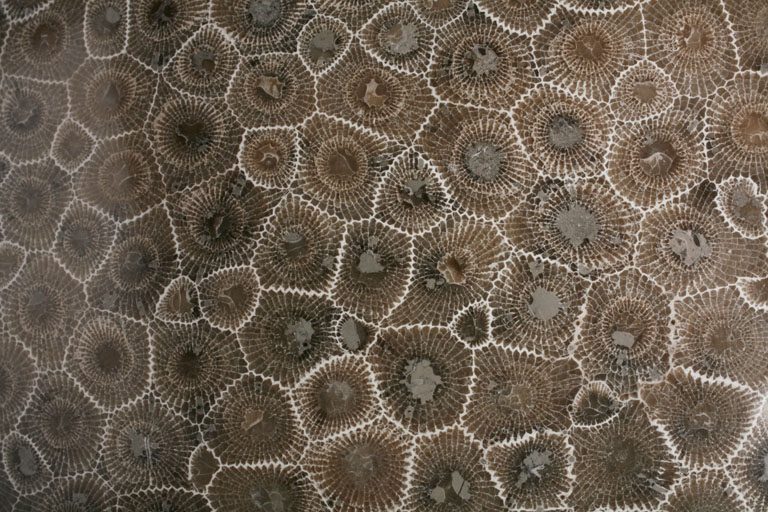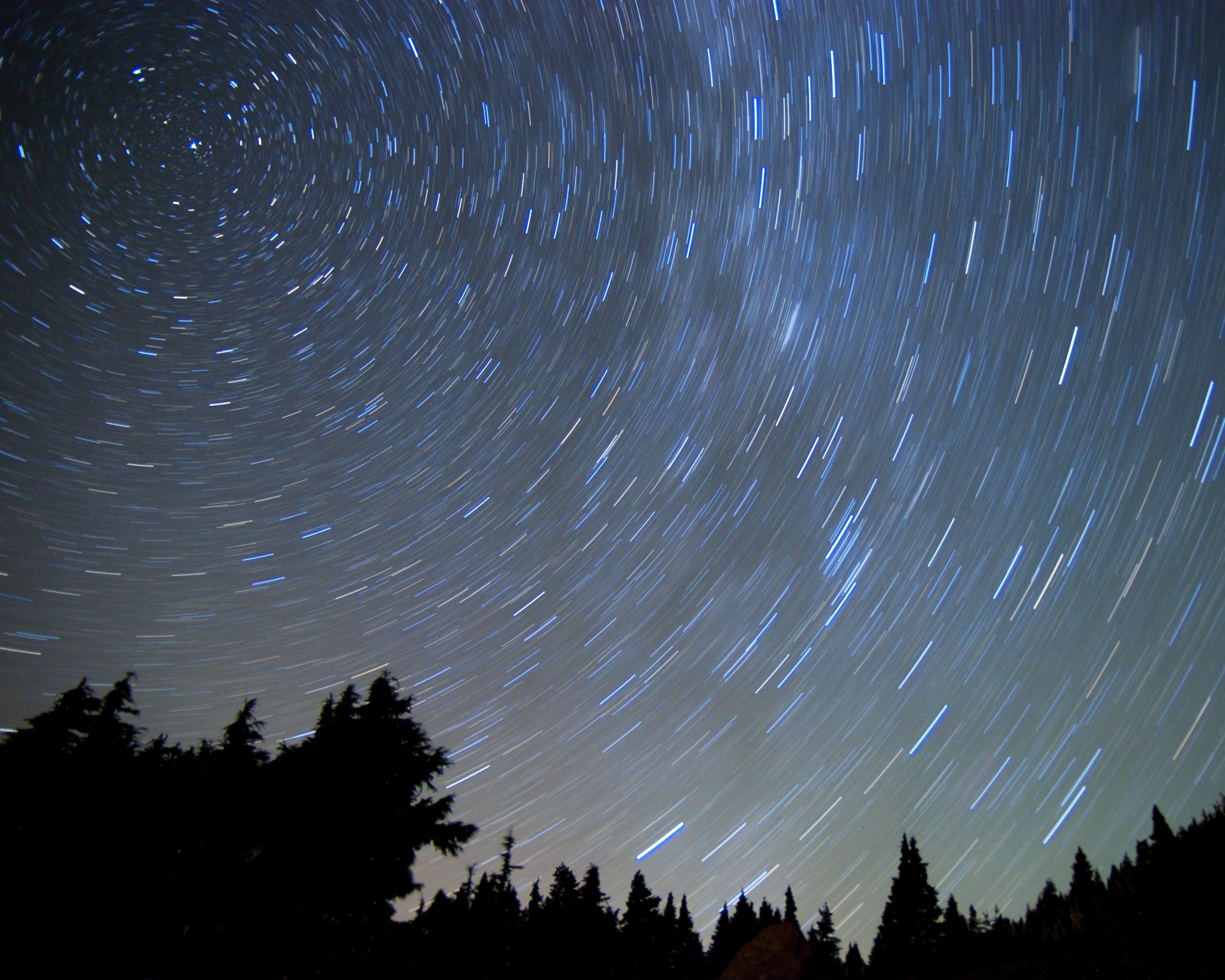A clockwise sweep, a vibratory body waggle, followed by a counterclockwise sweep, completes a figure-eight pattern (e.g., Bee Dance video).
"The more highly the little scout bee values her property, the more dance circuits she performs, and the more as-yet-uncommitted scout bees she attracts to her site."The direction the worker dances, relative to the orientation of the hive, indicates the direction of the suggested site (figure B). If she moves vertically, the suggested site is located in the direction of the Sun.
― Thomas D. Seeley
The duration of the waggling section of the dance indicates the distance to the site. Karl Von Frisch, who studied the sensory perceptions of honey bees, was first to interpret the meaning of the waggle dance.
“The bee's life is like a magic well: the more you draw from it, the more it fills with water”
― Karl Von Frisch
REFERENCES
- Bee Dance, YouTube.
- Bees: Their Vision, Chemical Senses and Language, Karl Von Frisch, Cornell University Press, 31 October 1972.
- Honeybee Democracy, Thomas D. Seeley, Princeton University Press, 10 October 2010.










